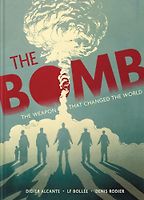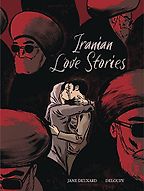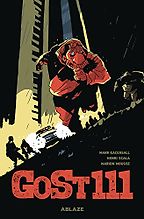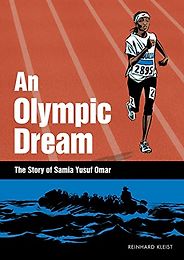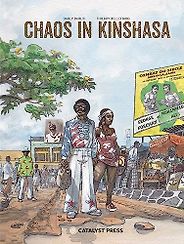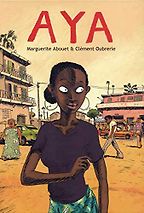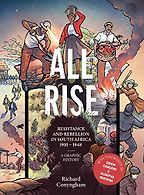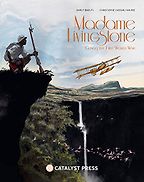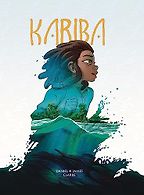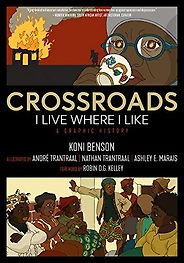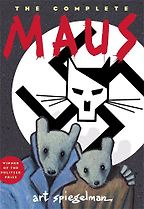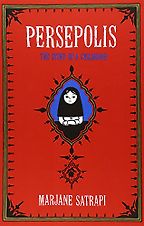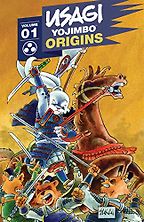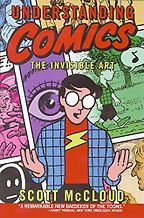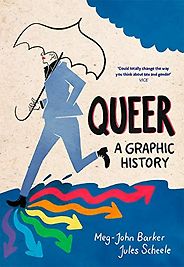Graphic Nonfiction Books
Last updated: August 24, 2025
Whether you want to read poignant memoirs or personal stories, take in the basics of economics or philosophy or Daoism, or learn more about the Middle Ages or the Middle East, graphic nonfiction (a.k.a. nonfiction comics) is a great way to go. Often dismissed as being for kids, the reality is that words and pictures, when combined, are a great way for any human being to better understand the world around them. Below we've collected together all the times a book of graphic nonfiction has been recommended by an expert on Five Books, as well as including some of our own favourites.
If you're interested in learning more about how comics work and why they should be taken seriously as a way of conveying information, Scott McCloud's book Understanding Comics is a great place to start. He also goes back in time to show how historically important comics have been for conveying information—for example through the Codex Nuttall and the Bayeux Tapestry.
-

1
The Bomb: The Weapon That Changed the World
by Didier Alcante, Laurent-Frédéric Bollée and Denis Rodier (illustrator) -

2
An Olympic Dream: The Story of Samia Yusuf Omar
by Reinhard Kleist -

3
Iranian Love Stories
by Jane Deuxard and Deloupy (illustrator) -

4
Chaos in Kinshasa
by Barly Baruti (illustrator) & Thierry Bellefroid -

5
GoSt 111
by Henri Scala, Marion Mousse (illustrator) & Mark Eacersall
Five Graphic Novels People Need to Read, recommended by Ivanka Hahnenberger
Five Graphic Novels People Need to Read, recommended by Ivanka Hahnenberger
Comics are a great way to read all sorts of stories, whether fiction, nonfiction, or a compelling blend of the two. Ivanka Hahnenberger, translator of more than 70 graphic novels, talks us through some of her favourites, from the history of the atomic bomb to the heartbreaking story of Olympic athlete Samia Yusuf Oman, from the ‘Rumble in the Jungle’ to contemporary Iran and Paris.
-

1
Crossroads: I Live Where I Like
Koni Benson, André & Nathan Trantraal (Illustrators), Ashley Marais (Illustrator) -

2
Aya
Marguerite Abouet and Clément Oubrerie (illustrator) -

3
All Rise: Resistance and Rebellion in South Africa
by Richard Conyngham (editor) -

4
Madame Livingstone: The Great War in the Congo
by Barly Baruti (illustrator) & Christophe Cassiau-Haurie -

5
Kariba
by Daniel Clarke, Daniel Snaddon & James Clarke
The Best Comics on African History, recommended by Trevor Getz
The Best Comics on African History, recommended by Trevor Getz
Graphic narratives can be a great way to learn history but they need to be both good history and good comics. That’s a combination that can be hard to find. Trevor Getz, a professor of history at San Francisco State University, picks out his top comic books on African history.
Best Graphic Histories, recommended by Eleanor Janega & Neil Emmanuel
Graphic histories can offer complex and layered insights into the past and are underused as a medium, argue historian Eleanor Janega and illustrator Neil Emmanuel, authors of The Middle Ages: A Graphic History. Here, they recommend five graphic histories that show the power of comics not only for telling moving stories but also transmitting difficult concepts.
